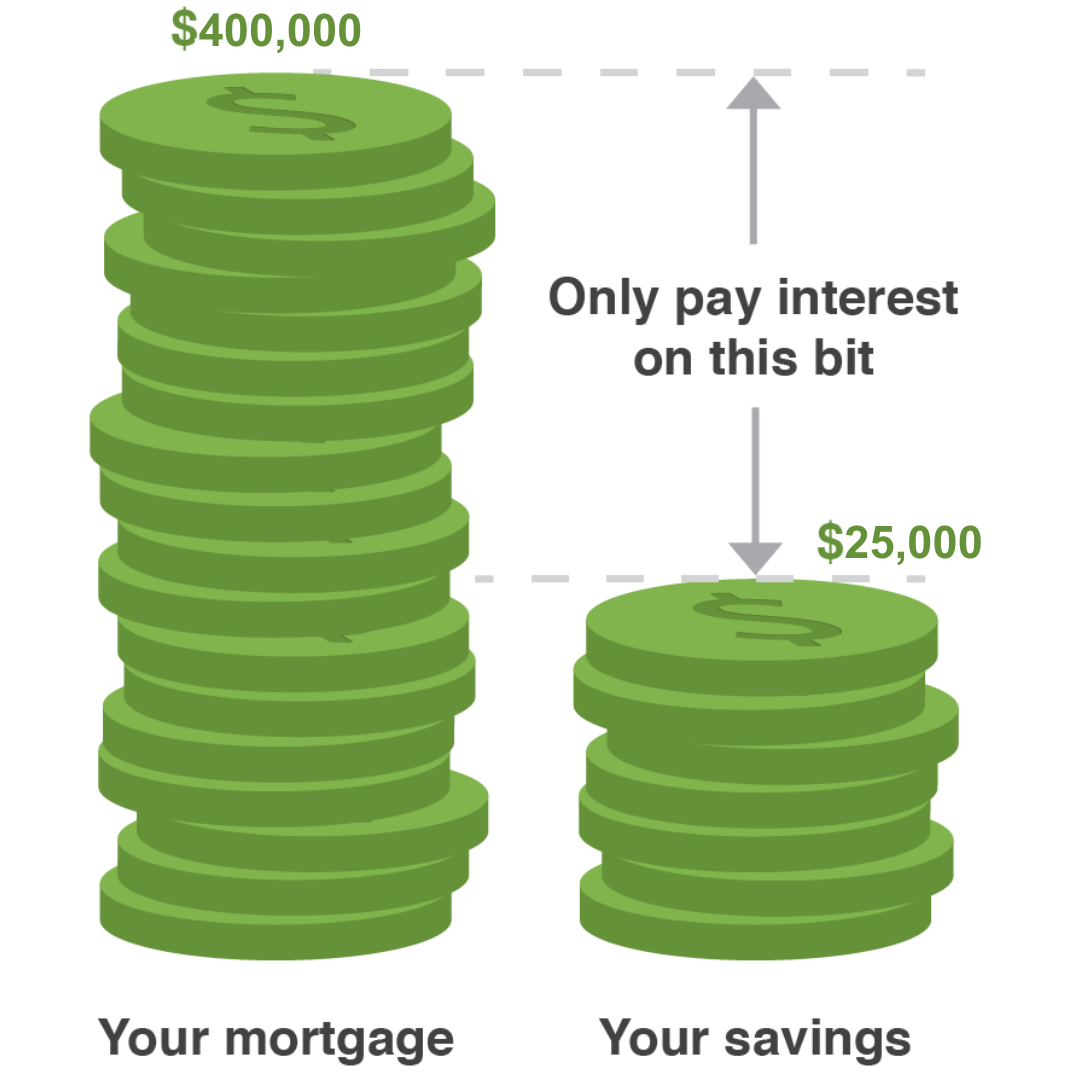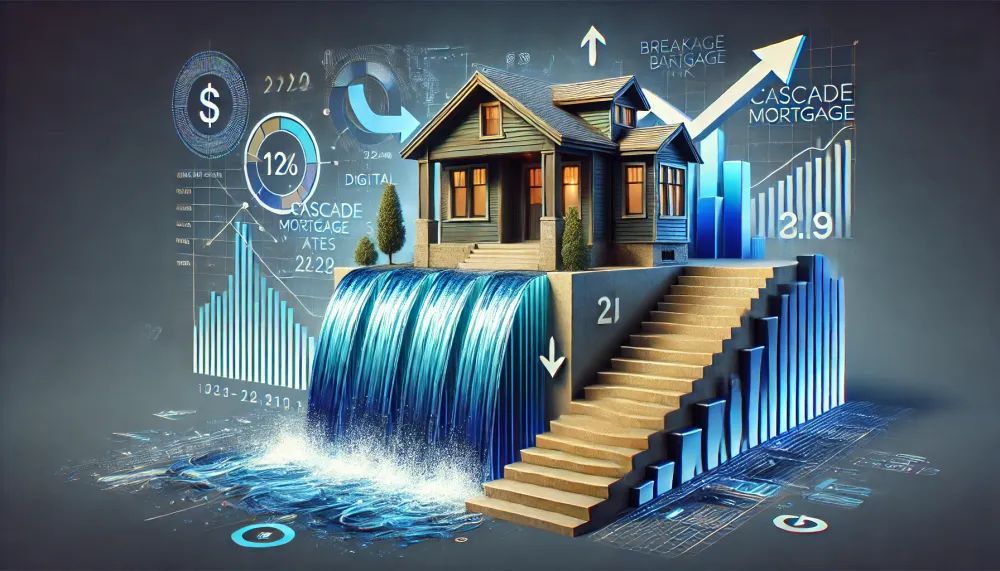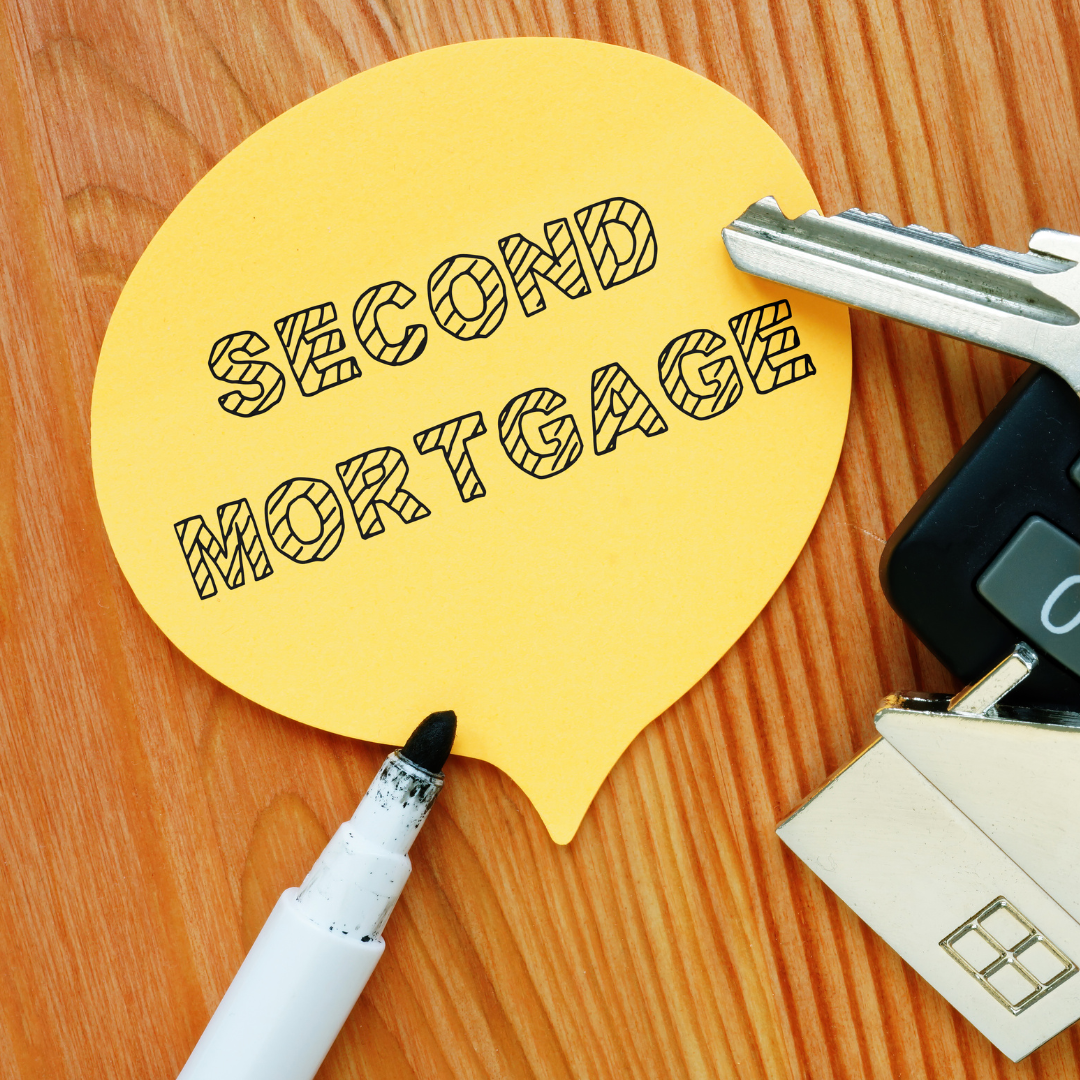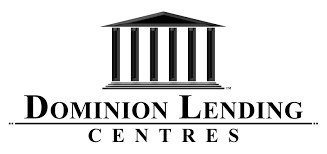(Special) – The banks are very busy these days with Canadians lining up to make their annual Registered Retirement Savings Plan (RRSP) contributions. While contributing to your RRSP for retirement generally is a good idea it may not necessarily the best option for everyone in all circumstances.
Many Canadians at this time of year may be facing some difficult financial decisions, such a choosing between coming up with a lump sum of money to contribute to their RRSP or paying down the mortgage and/or contributing to a Tax Free Savings Account (TFSA).
One of the difficulties many Canadians have is coming up with a lump sum of money at one time to put in their RRSP. That’s why many advisers suggest people set up a system of making regular automatic contributions to their RRSP, or other retirement savings vehicles like a TFSA.
Automatic saving allows you to benefit from dollar cost averaging. This is an investment strategy of buying regular amounts of mutual funds or other investments every month or week, limiting exposure to market volatility and allowing investors to purchase more when markets are down and less when markets are up.
Financial experts would probably agree that paying down mortgage debt is a good idea, but realistically people should take a balanced approach and save for their retirement as well.
Scott Evans, an adviser with BlueShore Financial in Vancouver, says interest rates are an important factor in the decision whether to pay down the mortgage or contribute to your RRSP.
The Bank of Canada is slowing down rate increases and if you expect a higher rate of growth from investments than the rate of interest you are paying on your mortgage, then you may want to put more in your RRSP and less toward your mortgage.
“It’s not only about your objectives but your risk tolerance level and the rates you are paying,” Evans says. “It’s all about what you are comfortable with and what’s going to let you sleep at night.”
The RRSP and the TFSA both are effective financial savings tools and strategies but they serve different purposes and have different tax treatments, which can determine which one is right for you.
In general, your marginal tax rate — tax on income including government-tested income such as Old Age Security — will determine whether it’s better to invest in an RRSP or a TFSA.
If you expect that your tax rate will be lower when you retire than it is today, then an RRSP is probably best but if you expect to be in a higher tax bracket when you retire than you are now, the TFSA is probably the best option.
The reason is that contributions and earnings accrued in your RRSP are not taxed until they are withdrawn, which usually is not until retirement, at which time you probably will be in a lower tax bracket than you were in your working years.
Age also is a consideration.
Younger people these days generally are using a TFSA to save money because their incomes are often too low to take advantage of the tax deductions of contributing to an RRSP. As their careers develop and their incomes increase, they then can begin contributing to their RRSPs.
Focusing on saving and paying down debt at the same time may seem contradictory but a financial professional can help you find the balance that is right for you.
“Make sure you have and use the correct savings vehicles and your investments and financial strategies match your goals and tolerance to risk,” Evans advises. “It’s all about what you’re comfortable with.”
Talbot Boggs is a Toronto-based business communications professional who has worked with national news organizations, magazines and corporations in the finance, retail, manufacturing and other industrial sectors.
Copyright 2019 Talbot Boggs
Talbot Boggs , The Canadian Press




